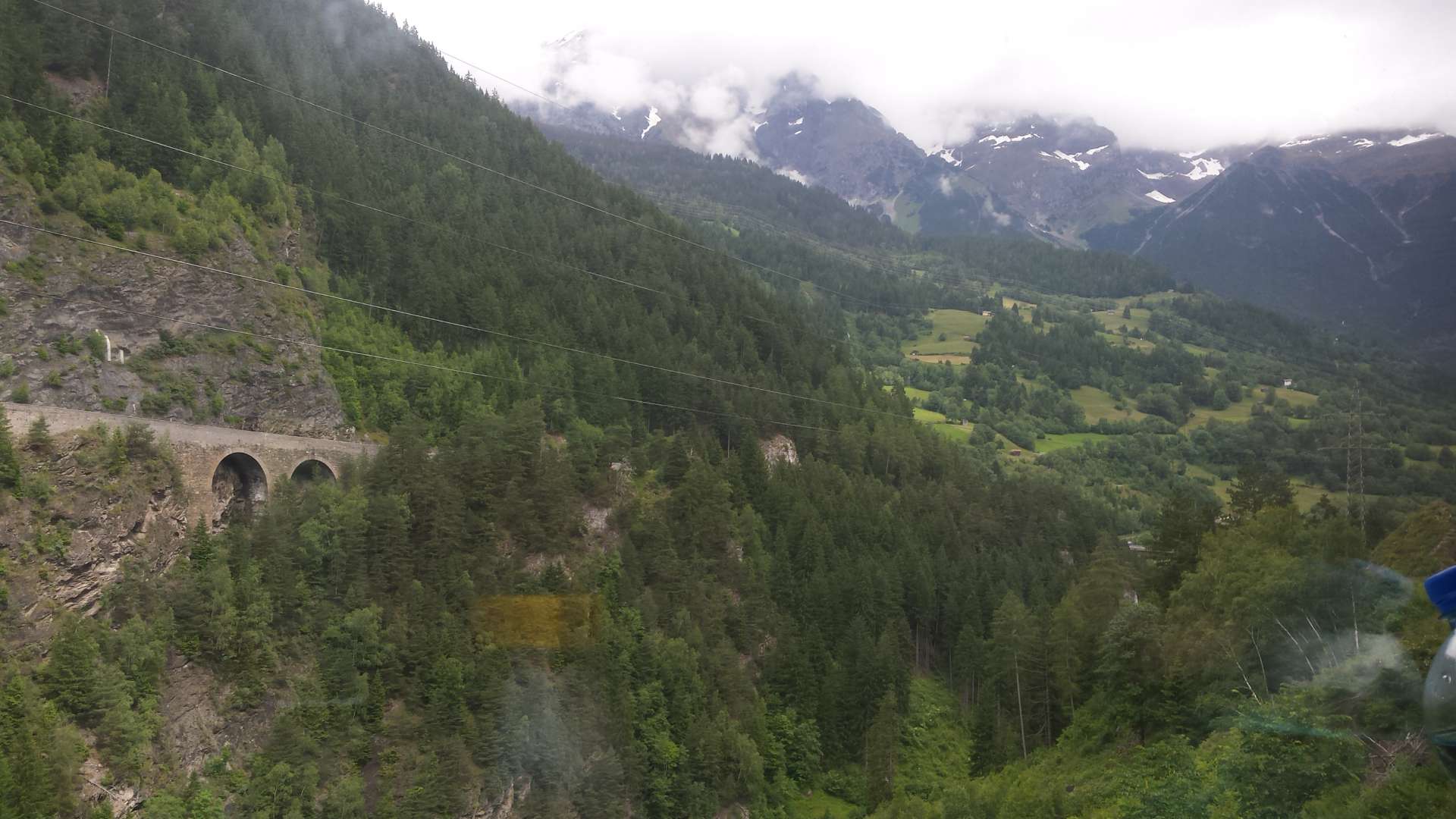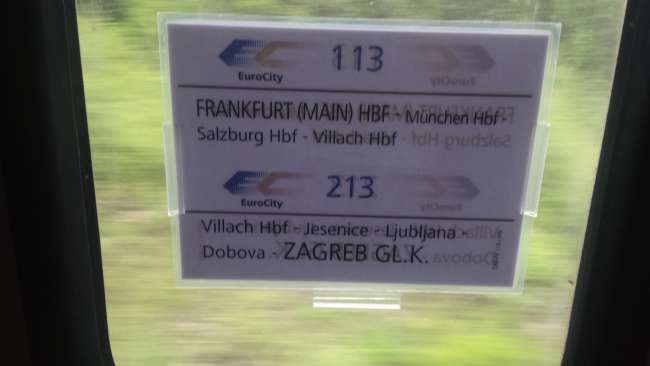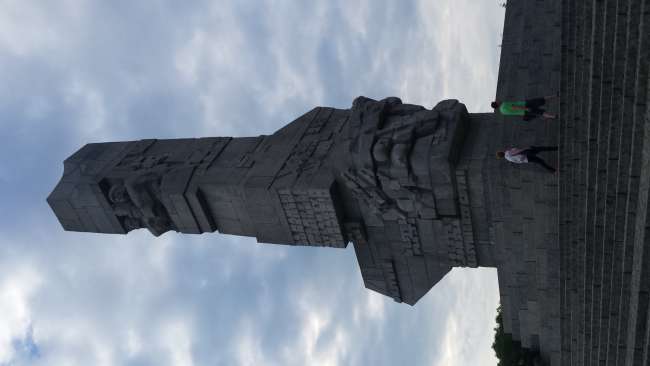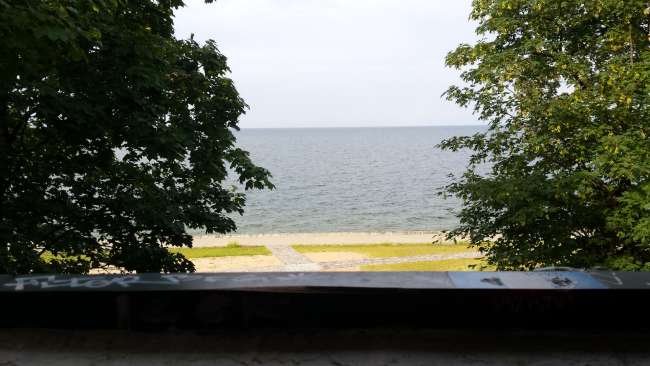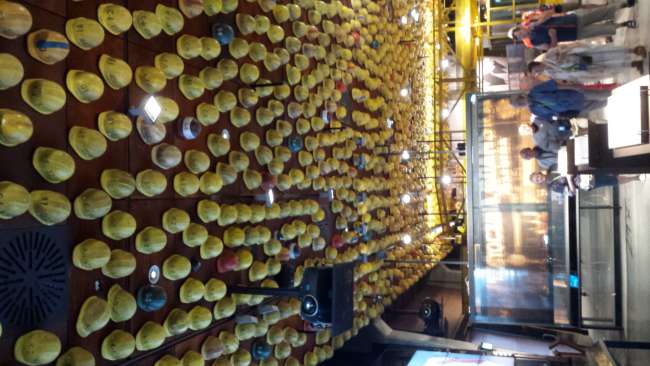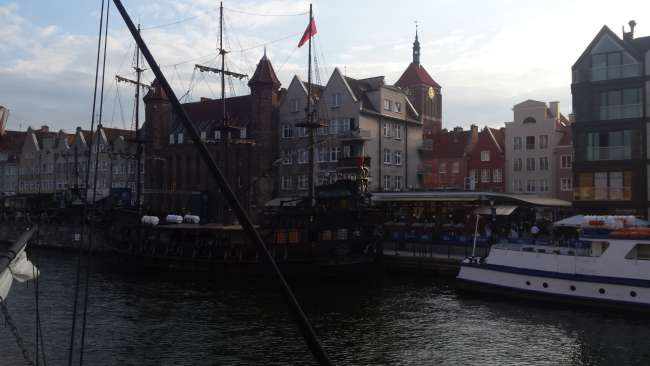Tag 8) The concept of freedom
Publicados: 28.06.2016
Assine o boletim informativo
Today is Tuesday, which means I have been on the road for a week already. How time flies...
My day started with a visit to the Postal Museum. The name sounds boring, but the museum is not. It is one of two museums (the other one is the Westerplatte Open Air Museum; more on that later) that focuses on the events of September 1, 1939. In the ancient Post Office (the right part of the museum still houses the post office), the Nazis broke in at 4:49 am. The Poles resisted all day until the Nazis burned down the building in the evening. You learn little about the background, but a lot about the employees and the events of that time. But after 30 minutes, you have seen it all. After that, I visited the 'European Solidarity Center', the 'birthplace of solidarity', and the 'starting point of Europe' (all mentioned on the signs put up by the EU at the entrance), or simply the Solidarność Museum. The museum is dedicated to the strike at the Gdansk Lenin Shipyard in 1980, the subsequent founding of 'Solidarność', the first independent trade union in the Eastern Bloc, the declaration of martial law, the military dictatorship of the 1980s, and the democracy movements of the late 1980s, including the first semi-free parliamentary years in the Eastern Bloc in Poland. It also explains the beginning and end of every communist state in Eastern Europe, from Albania to Hungary to Russia. It covers all revolutions and protests in the communist states, from the Velvet Revolution in Czechoslovakia to the protests of the 1960s in Poland and Hungary. All in all, I spent over five hours in this fantastic museum (and paid only 13 złoty for admission). Suddenly, I realize that it's already 3:30 pm and I still really wanted to go to Westerplatte, the place where the first shots of World War II were fired (the attack on Westerplatte started an hour before the attack on the Gleiwitz radio station).
I managed to catch the 5:00 pm ship in the Old Town, which unfortunately was the second-to-last ship. It was also 20 minutes late. So instead of the planned 2 hours for the tour and the open-air museum, I only had 30 minutes available. Very unfortunate, because the peninsula still has some old fortresses and bunkers to offer. I was able to climb an old watchtower (the observation deck was littered and smelled like urine), only to find out that it was only built in 1955. At least I managed to quickly visit the large Westerplatte Monument before my ship returned to the port of Gdansk.
After this day, I am grateful to be free and not to live in a state that dictates one's life. This city has shown me that freedom is not a given.
Assine o boletim informativo
Responder
